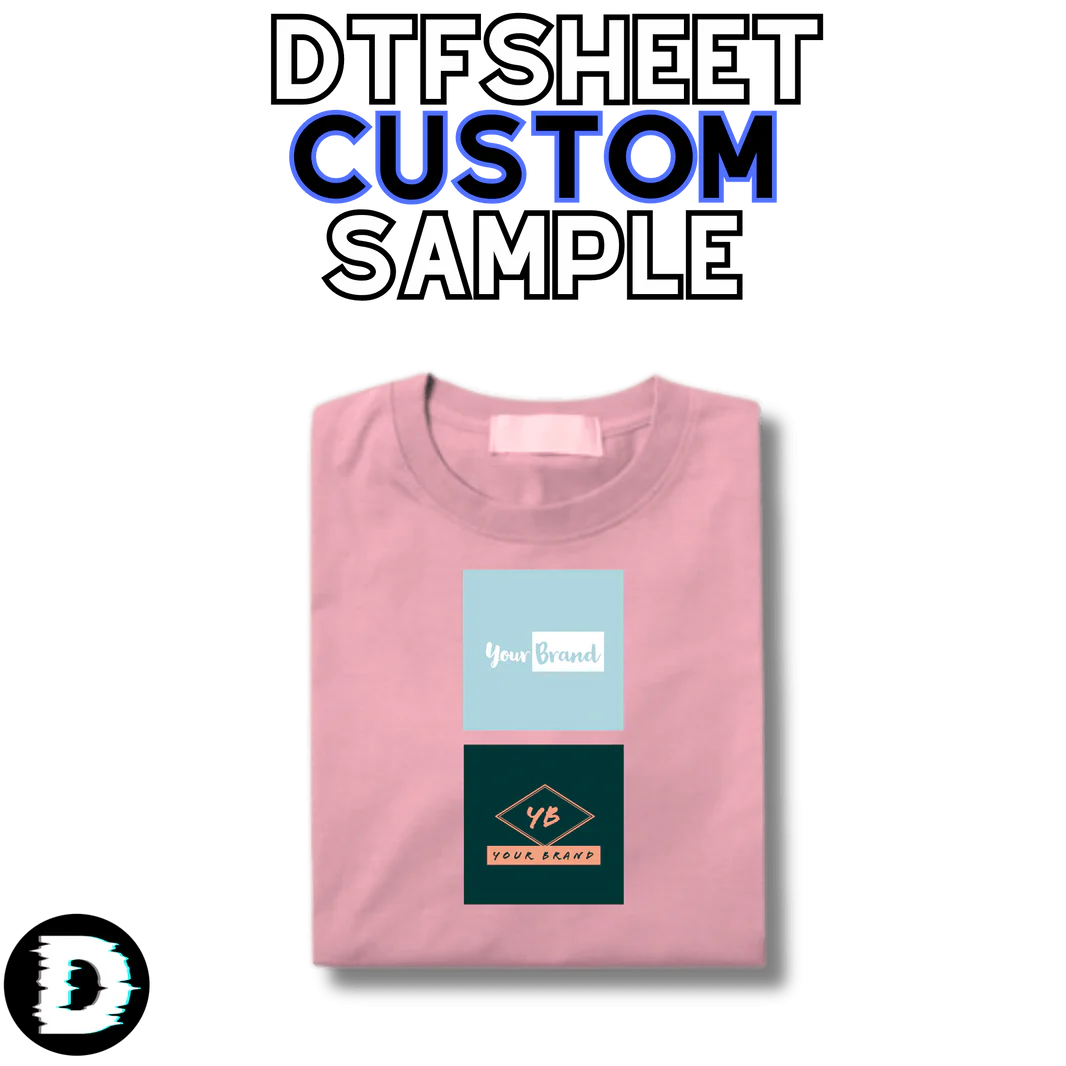Thermal terminology for printing in DTF transfer is an important issue. In order to get quality prints, you need to know the following terms regarding heat printing.
Temperature: It is the temperature used for DTF print transfer process. It is usually expressed in Celsius or Fahrenheit. During the process, a certain temperature level is required to ensure the transfer of the design through the film to the textile surface.
Pressure: It refers to the amount of pressure applied by the hot press machine. In the DTF printing transfer process, sufficient pressure must be applied between the transfer film and the textile surface. This ensures that the design adheres properly to the textile surface.
Time: In the DTF printing transfer process, it is the time it takes for the hot press machine to transfer the design through the film to the textile surface. It is important to apply heat and pressure over a period of time as this ensures permanent adhesion of the design.
Cooling Time: It is the time that the design must cool after being transferred to the textile surface through the film. During this time, the design is allowed to cool completely and this step is completed before leaving the film surface. The DTF print transfer process is built on this thermal terminology, each of which are important factors affecting the quality and durability of the design. Therefore, setting the correct temperature, pressure, time and cooling time is critical for a successful DTF print transfer process.
DTF Printing Transfer Done Without Using Heat?
The print transfer process is done using heat because this process requires the design to be transferred from a transfer film to the textile surface. It is applied as a heat-based process. This transfer process is carried out under high temperature and pressure using a hot press machine. Temperature and pressure allow the design to adhere to the textile surface through the film and be permanent. Otherwise, no other method should be used.
It is difficult to perform DTF print transfer without the use of heat because temperature and pressure are required to ensure sufficient adhesion and permanence between the transfer film and the textile surface. Without heat, this adhesion and transfer process often fails, and it is not possible to properly transfer the design to the textile surface.
It is therefore common practice to use temperature and pressure for the DTF print transfer process. Heat, pressure and a combination over a period of time allow the design to be permanently transferred through the film to the textile surface.
What are the Important Features of the Heat Machine in DTF Printing Transfer?
After all the preparations for the DTF Print Transfer process are completed, a heat machine is used to realize the printing. The right machine and its important features are important for your printing. For this reason, it is necessary to know the important features of the machine. We can know the important features of the heat engine as follows.
Plate Size and Type: The plate size of the heat engine should match the size of the material to be printed and the requirements of the job. Different plate types (flat, clamshell, double plate) enable a variety of applications.
Temperature Control: The temperature setting of the machine should be precise and adjustable. Different temperature settings may be required for different materials and transfer films.
Pressure Adjustment: Pressure adjustment is important to control the pressure between the material and the transfer film during the transfer process. Adjustable pressure allows you to achieve successful results on different materials.
Timer: An adjustable timer is required to determine the processing time. Different printing processes may require different times.
Transfer Surface Coating: The plates of the heat engine are usually coated with silicone or Teflon to prevent sticking.
Air Compressor: Some heat engines come with an air compressor to provide pressure during the transfer process.
Automatic Shutdown: The automatic shutdown feature saves energy and increases safety when the machine is not used for a certain period of time.
Portability: Portable heat machines allow users to more easily transport and store their work.




























